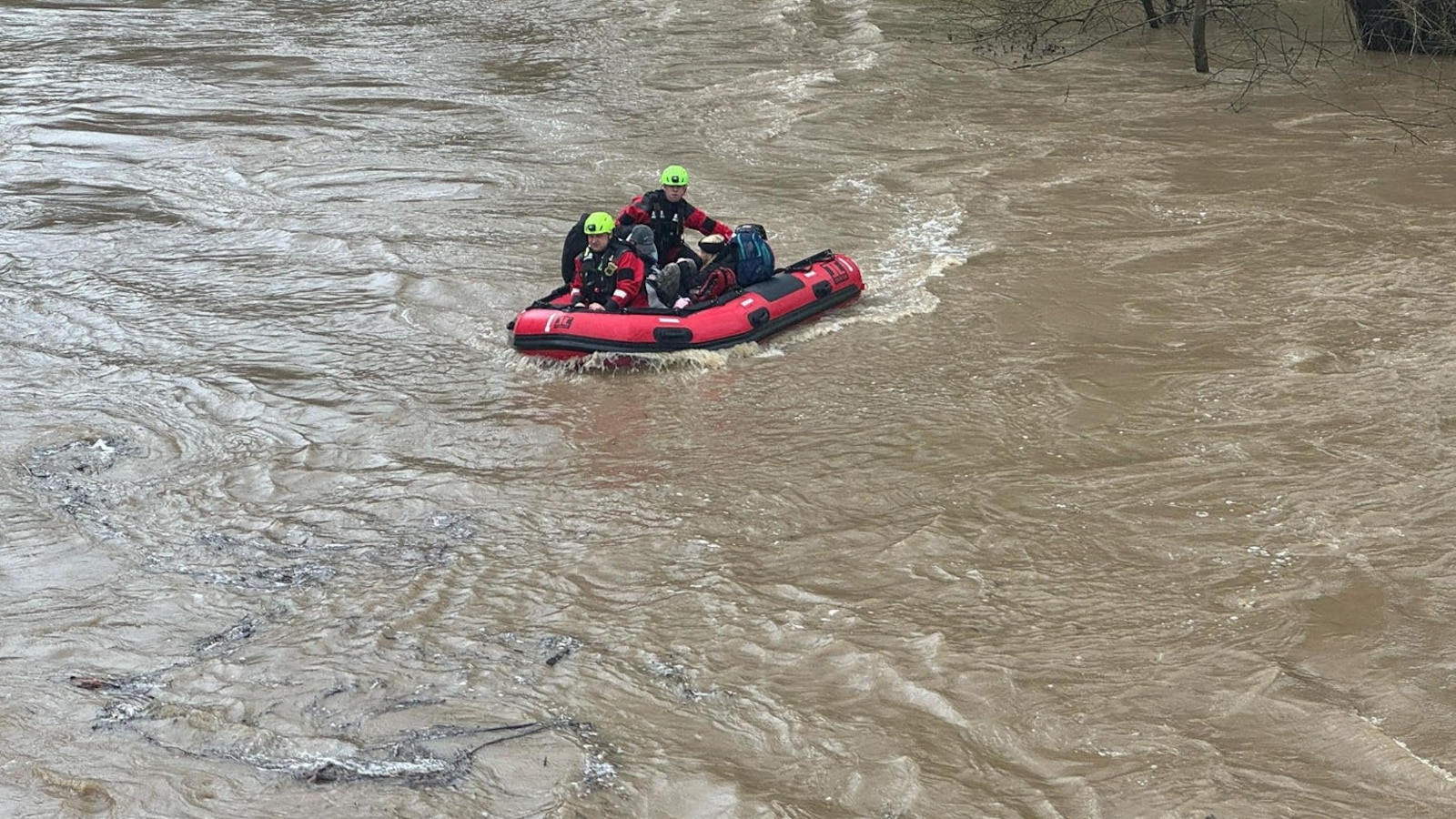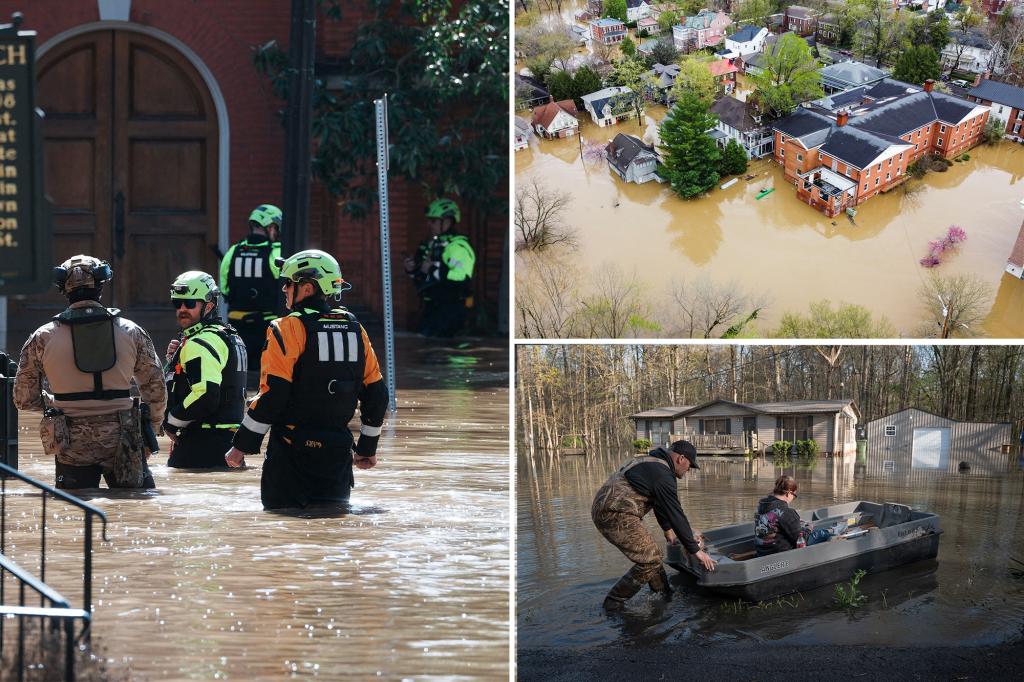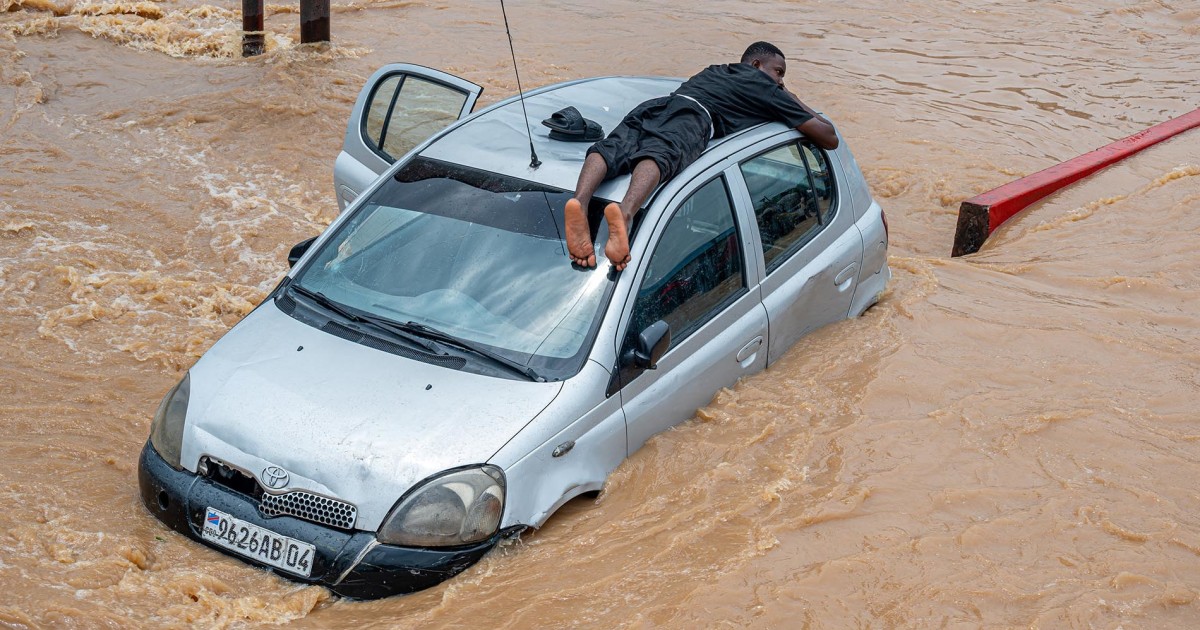“`html
Devastating Storms Claim Lives: A Closer Look at the US Flash Flooding Crisis
At least 25 people have died in catastrophic flash flooding across the United States over the past week, as record-breaking rainfall transformed streets into rivers and submerged entire neighborhoods. The deadly storms, which struck from Texas to Pennsylvania between June 10-17, 2023, underscore the growing threat of climate-fueled extreme weather and reveal critical gaps in emergency response systems.
The Human Toll of Rapid-Onset Flooding
In one of the worst incidents, a sudden deluge in Waverly, Tennessee, swept away multiple homes, claiming eight lives within hours. Similar tragedies unfolded in:
- Rural Kentucky, where floodwaters trapped residents in their attics
- Urban areas of Philadelphia, where commuters drowned in submerged vehicles
- Central Texas hill country, where campgrounds became death traps
“These aren’t just statistics—they’re grandparents, children, first responders,” said Dr. Elena Martinez, a disaster sociologist at Columbia University. “Flash floods kill more Americans annually than hurricanes or tornadoes, yet they receive far less attention in preparedness campaigns.”
Climate Change Intensifies the Threat
Recent data from the National Oceanic and Atmospheric Administration (NOAA) reveals alarming trends:
- The continental U.S. has seen a 45% increase in heavy precipitation events since 1958
- Urban areas experience flooding 30% more frequently due to impervious surfaces
- Flash flood warnings have become 25% less accurate since 2010 due to rapidly evolving storm systems
Climate scientist Dr. Raj Patel explains: “Warmer air holds more moisture—for every 1°F increase, the atmosphere can retain 4% more water vapor. This creates rainfall bombs that overwhelm aging infrastructure designed for 20th-century weather patterns.”
Systemic Vulnerabilities Exposed
The disasters have revealed multiple weaknesses in community preparedness:
Early Warning Failures
Nearly 60% of flood-related deaths occur when people attempt to drive through flooded roads, according to FEMA data. Many victims reported never receiving emergency alerts on their mobile devices.
Infrastructure Breakdowns
In Houston, floodgates meant to protect the city jammed during critical hours. “We’ve underinvested in maintenance for decades,” admitted Texas Emergency Management Director Carlos Mendez. “These systems were built for a climate that no longer exists.”
Innovative Solutions Emerging
Some communities are pioneering effective responses:
- Pittsburgh’s “Rain Ready” program provides home flood-proofing grants
- Miami-Dade County employs AI-powered drainage sensors that predict blockages
- Denver’s updated building code requires elevated electrical systems in flood zones
However, urban planner Lisa Wong cautions: “While technology helps, we need paradigm shifts—more green spaces to absorb water, restrictions on floodplain development, and honest conversations about managed retreat from vulnerable areas.”
The Road to Resilience
As recovery efforts continue, experts emphasize three critical actions:
- Modernizing NOAA’s forecasting systems with $2.3 billion in proposed funding
- Expanding the National Flood Insurance Program to cover preventive measures
- Implementing statewide flood education curricula in high-risk regions
“This isn’t about if another flood will come,” warns FEMA Administrator Deanne Criswell, “but when. Our choices today will determine how many future headlines read ‘Devastating Storms Claim Lives’ versus ‘Communities Weather the Storm.'”
To support flood relief efforts or learn about preparedness in your area, visit Ready.gov/floods or contact your local emergency management office.
“`
See more Your Daily Weather



